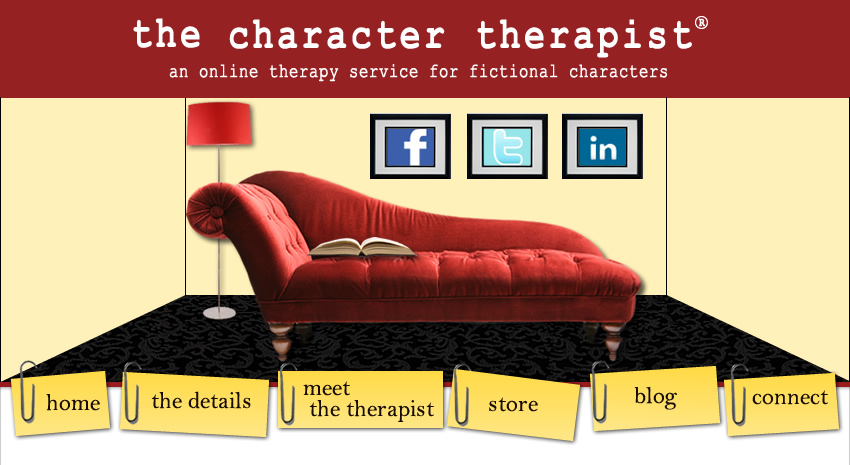Carol wants to know: How do I write Lillie's story as a white author?
Carol -
I think this is such a great, honest question...and one you should be commended for asking. It's great to acknowledge up front that you come from a completely different background than your character and you are at a loss as to how to give her voice of her own, authentic and organic to who she is.
Plenty of authors, though, venture out into this unknown, and I'll be opening up the comment section to them to give their pearls of wisdom to you as well.
So while this isn't my most therapeutic mini-assessment, I have a couple of suggestions. First of all, I'd research. The best type of research is first-hand. If at all possible, schedule an interview or two or six with black women who would be willing to open up to you and talk about their experiences. If you can find light-skinned black women who might would have faced the opportunity to "pass" into the white world, even better. There are plenty of women around who grew up in the 50s and would probably welcome a dialogue.
Second-hand retelling is better than nothing. Read autobiographies by black women (or men, even). A cursory Google search lit up my screen with possibilities. Read newspaper accounts in your library (fun times ahead with microfiche for you!) from that time period to give you a flavor of the social constructs and period issues dealt with back then.
A guided imagery exercise might be beneficial. Finding common ground to write from might be easier than you think. First of all, you and Lillie do share the same sex, and once upon a time, you were 15 years old. So I'd encourage you to mentally go back in time to think about the kinds of things you enjoyed as a young girl back then. Aside from concerning themselves with lack of equality and segregation, black girls back then were probably just as into hair styles, boys, religion, books, and media influences (movies, etc) as white girls. Lillie might have different worries and concerns from you, but she still had similar interests.
When I'm in session with a woman whose gender is basically all we have in common, I try to find similarities with which to approach her, whether that's the fact we both have a child or we both have lost our grandparents or we both shop at the Target dollar aisle...anything to connect and get her to start talking.
You've got to connect with Lillie...and she'll start talking to you.
Best of luck with this story!
Let's Analyze: Any suggestions you authors out there have for how to write a main character who is fundamentally different from you?








